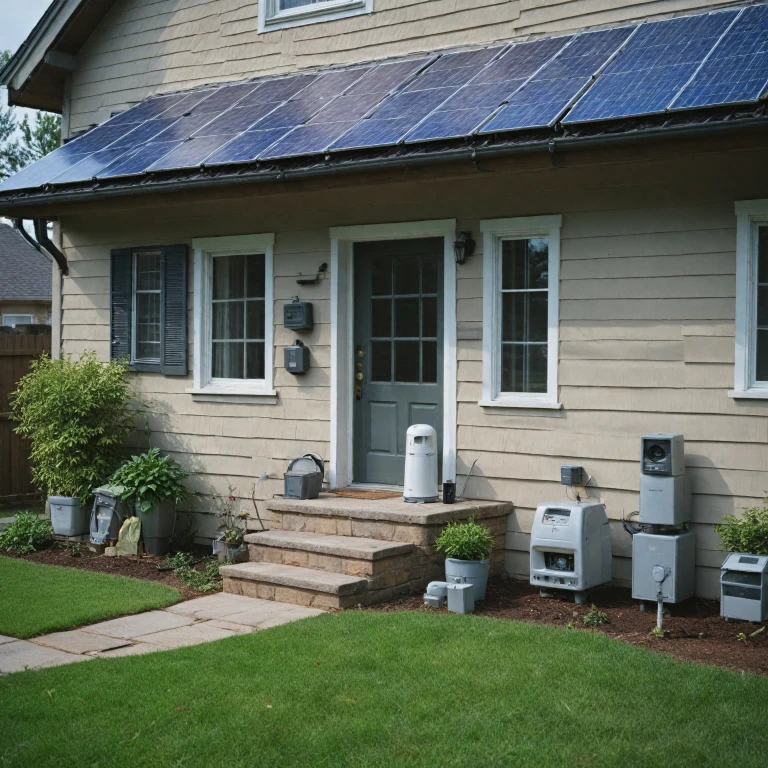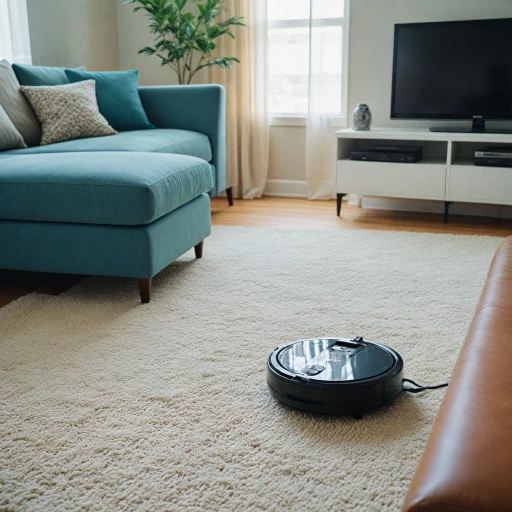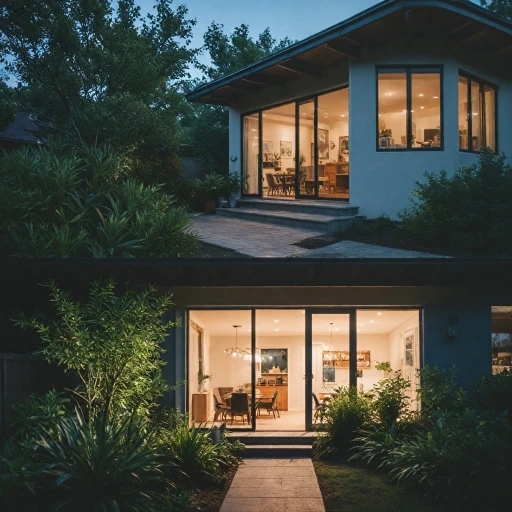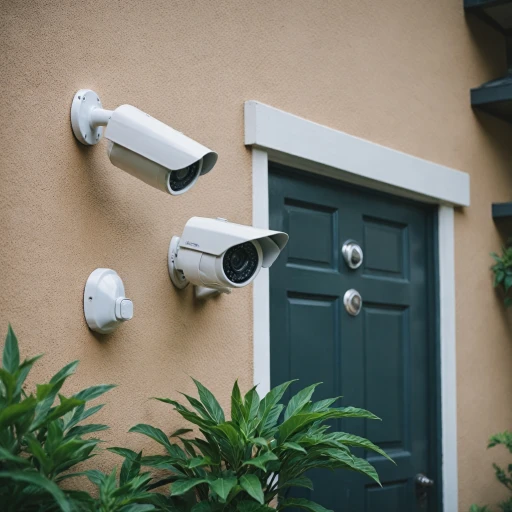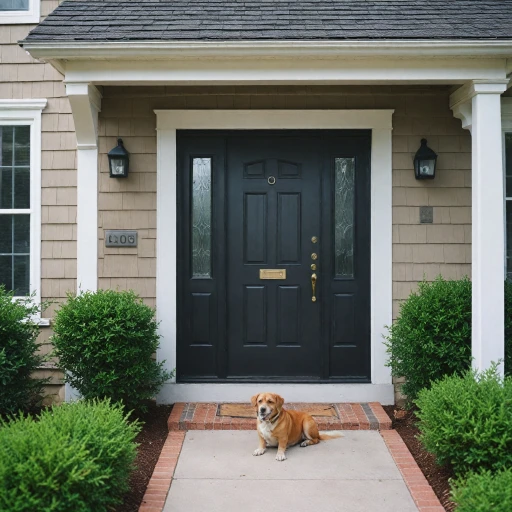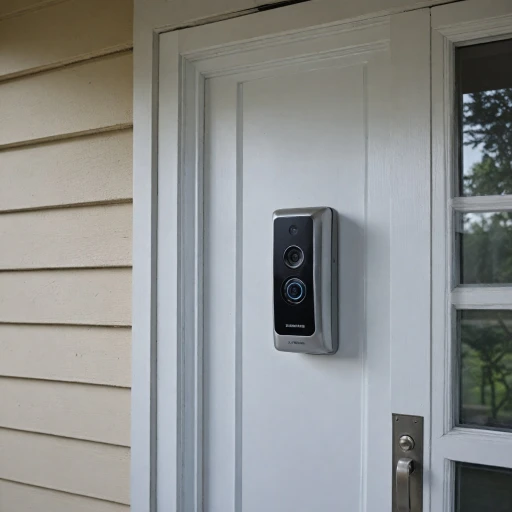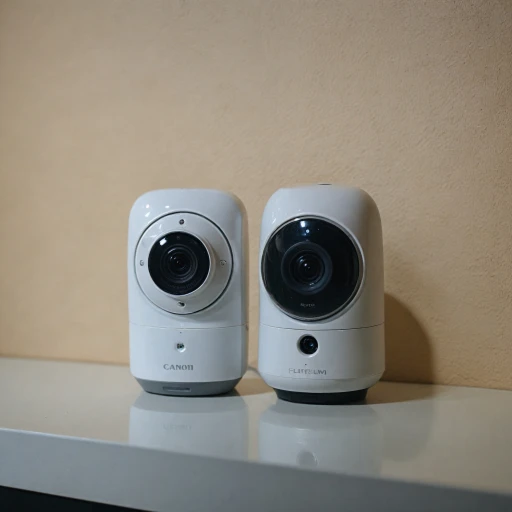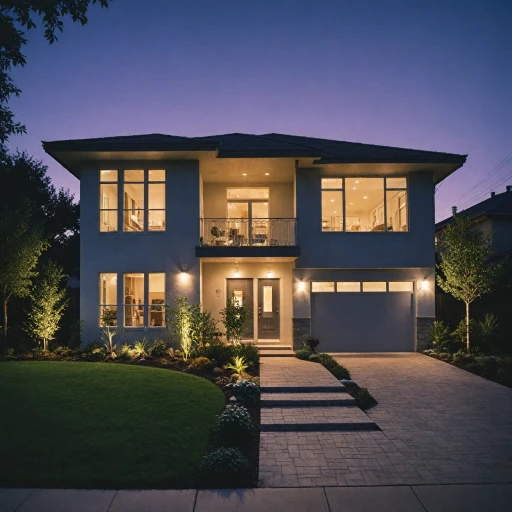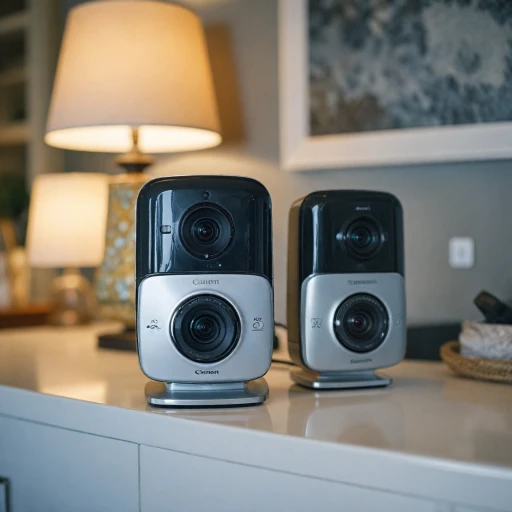
Choosing the Right Power Source
Identifying the Most Suitable Source for Your Needs
The selection of a reliable power source is crucial for maintaining the functionality and longevity of your home security camera systems. When deciding on the appropriate power supply, several factors should be taken into consideration to ensure that your cameras deliver optimal performance and meet your specific needs.
Firstly, assess whether you want a wired or wireless connection. While wireless cameras offer ease of installation and flexibility, they rely on batteries, which may require frequent recharging or replacement. Consider external battery options or a battery pack to enhance performance. However, wired cameras, typically using a power adapter, provide a stable power flow and eliminate the need to manage batteries, but often necessitate professional installation due to their complexity. PoE cameras are an alternative, offering both power and data transmission via a single ethernet cable, which reduces the need for messy wiring.
If you are leaning towards PoE cameras, ensure your infrastructure can support those, as installation might require additional hardware like a supply box or injector. For adaptable coverage, consider if PTZ cameras, which are often powered via PoE or cctv power sources, fit into your plan, despite their typically higher power consumption.
Another consideration is the environment in which the cameras will be used. Outdoor settings may require weather-resistant power solutions, such as tether tools that shield the electrical components, or a power source integrated into the building's infrastructure to withstand various environmental conditions.
For complex systems, consider using a supply box that can manage multiple cameras, simplifying the management of security cameras across larger areas. However, ensure that the adapter power rating matches the requirements of your cameras, preventing overload or insufficient electrical flow.
For those who wish to explore more about choosing the right power options, our detailed guide Understanding Power Supply Options for Home Security Cameras offers comprehensive insights and recommendations.
Installation Tips for Optimal Performance
Ensuring Proper Setup and Placement
Installing your home security cameras effectively ensures they remain powered and operational. To achieve optimal performance, consider the following tips during installation:
- Choose the Appropriate Mount: The camera mount plays a crucial role in maintaining a stable power connection. Use a secure and appropriate mounting bracket that can accommodate both wired and wireless setups, ensuring compatibility with your selected power source, whether that’s direct electrical wires or an external battery pack.
- Adequate Access to Power Supply: For wireless cameras, ensure that your camera has access to reliable battery support. Consider using a high-quality power adapter or a long-lasting battery pack if external power is needed. For wired installations, confirm that the unit is near an electrical outlet or supply box for easy connection.
- Use the Right Cables: When setting up cctv or PoE cameras, use the right ethernet cable. For better security and efficient power transfer, the cable should be of high quality and should match the specifications outlined by your security camera system.
- Respect Field of View: In addition to power, placing cameras where they can cover the intended surveillance area is crucial. Make sure your cameras are not obstructed by objects that could affect their power connections or require adjusting their viewpoints frequently.
- Test Before Finalizing: Before securing the cameras into position, test their power supply and connection. It’s much easier to address any battery or power adapter issues before installation is completed.
These considerations will help ensure your camera power supply is efficiently utilized, contributing to the overall success of your home security system.
Troubleshooting Power Issues
Resolving Power Disruptions for Home Security Cameras
Troubleshooting power issues with home security cameras can often seem daunting, but understanding the core components can simplify the process.
First, it's crucial to ensure that your power supply, whether it's a direct adapter or PoE, is correctly connected and functioning. An unstable power source might cause interruptions, so checking the integrity of your power camera setup can quickly highlight problems. For PoE cameras, examine the ethernet cable for any signs of damage or wear that may impede power transmission.
Be sure to verify the power adapter's capacity if you notice your cameras shutting down unexpectedly; sometimes, an underpowered adapter cannot efficiently support high-demand systems like PTZ cameras. Using an external battery or power supply box as a backup can be a handy solution during these interventions.
Additionally, inspecting the CCTV power connections for any corrosion will help prolong the functional time of your cameras. Regular maintenance of these connections can greatly enhance the reliability of your security system. If wireless security cameras are losing charge more quickly than anticipated, consider swapping their batteries for a higher quality battery pack, ensuring longer service time.
If your troubles persist, delving deeper into battery options might be necessary. Consider systems with supportive features for tether tools or an external adapter power to fill in the downtime during power failures. As security systems evolve, staying informed about advancements in power technology will help maintain a seamlessly powered security environment.
Energy Efficiency Considerations
Embracing Energy-Saving Practices
When it comes to ensuring the efficiency of your home security system, energy management becomes a critical aspect. Implementing energy-saving practices not only helps to extend the lifespan of your camera power solutions but also contributes to cost savings on your electricity bill.
One of the first things you can do is to select energy-efficient security camera options. Opt for CCTV and PoE cameras that are specifically designed to consume less power. These models often come with advanced features enabling them to alternate between active and standby modes based on the level of required security monitoring.
It's also beneficial to adjust the placement of your cameras to maximize their operational efficiency. Ensure that your cameras are not excessively exposed to weather elements that might cause them to heat up and use more power. The camera systems should be positioned in locations that enable optimal functionality while reducing the need for frequent repositioning.
Incorporating contemporary power sources, like PoE (Power over Ethernet) systems, offers a double advantage. They not only provide a reliable power supply through an Ethernet cable but also help in reducing the amount of wiring needed for each camera. This streamlined approach minimizes power loss that could otherwise occur with longer cables and connections.
On the side of energy efficiency, consider the use of external battery packs or batteries tailored to security cameras. These provide an additional layer of power support and can be particularly useful for wireless cameras. Opt for high-capacity batteries that are rechargeable, as these tend to last longer and are more environmentally friendly. Regularly check on the battery health to ensure that the camera systems are functioning all the time without interruptions.
Lastly, regularly assess your entire security camera infrastructure. A simple review of power usage and adjusting settings, such as reducing unnecessary alerts or adjusting the camera sensitivity, can go a long way in conserving energy.
Backup Power Solutions
Ensuring Your Cameras Stay Powered During Outages
When considering how to keep your home security cameras operational without interruptions, think about implementing backup power solutions, especially for areas prone to power outages. Having a dependable backup system ensures that your security camera systems remain functional during unexpected electrical failures.- Uninterruptible Power Supply (UPS): A UPS for your camera system can maintain power by supplying energy from an internal battery. These devices offer a seamless transition from standard power to backup power, preventing downtime for your security cameras.
- External Battery Packs: Utilize high-capacity battery packs as an alternative. These external battery units can be charged and connected to your cameras or camera systems, ready to kick in whenever there's a need.
- Solar panel solutions: A sustainable option to ensure continuous power supply is incorporating solar panels. Solar panels, while dependent on sunlight, can charge internal batteries, providing an eco-friendly backup.
- PoE (Power over Ethernet): Some camera systems can benefit from PoE, where the ethernet cable supplies both internet connectivity and power, minimizing the disruption in a power outage scenario. A PoE camera in this setup can offer a more integrated form of reliability.
Future Trends in Camera Power Technology
Emerging Trends: Adapting to Future Power Needs
As technology evolves, the power solutions for home security cameras are also advancing. These developments aim to enhance efficiency, reliability, and independence from traditional electrical power sources. Let's explore some emerging trends in this field.
Wireless Power Transformations: One significant trend is the shift towards wireless power systems. This technology allows cameras to receive power without the need for traditional cabling, employing advanced methods like tether tools and inductive coupling. This shift supports a cleaner installation and offers greater flexibility in camera placement.
Solar Power: Solar-powered security cameras are gaining popularity due to their eco-friendly nature and potential cost savings. Using an external battery combined with solar panels, these systems can power cameras without relying on the main power supply, making them ideal for locations with ample sunlight where running electrical cables is impractical.
Power over Ethernet (PoE): PoE cameras continue to offer promising solutions by integrating power and data transmission through a single ethernet cable. This reduces installation complexity, enhances safety, and can simplify power management across camera systems, especially for ptz cameras.
Enhanced Battery Technology: Battery technology advancements, such as the development of more efficient battery packs and external battery solutions, offer longer operational times and faster charging cycles. This helps in scenarios where cameras need to be wirelessly powered and ensures minimal downtime in security monitoring.
Staying updated with these emerging trends helps in optimizing your security camera systems for both current and future power challenges. Whether you're upgrading an existing system or planning from scratch, considering these innovations could provide significant value in ensuring reliable and effective security.

